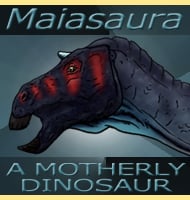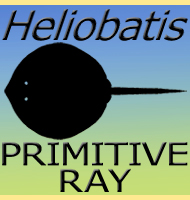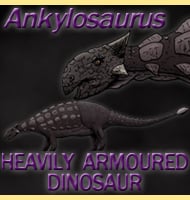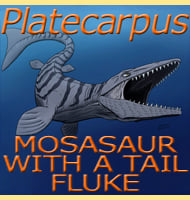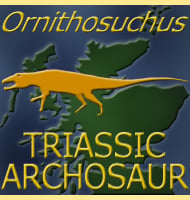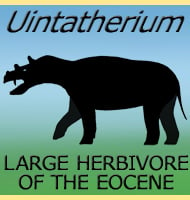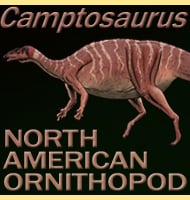In Depth
Santanaraptor has caused a stir within the palaeontological world not only because some palaeontologists think it is an early tyrannosaurid, but because it was found in South America, a continent long thought to be devoid of the presence of tyrannosaurs. Apart from similar skeletal features, Santanaraptor is in the right time and location that you would expect an early tyrannosaurid to appear, after all spinosaurids are known Brazil, and are thought to have arrived via a land bridge from North Africa. Early tyrannosaurids also have a large geographic range being known from North America with Stokesosaurus to Asia with Dilong and Guanlong, all the way to the British Isles with Eotyrannus.
Unfortunately as exciting as this concept possibly is, later study and examination of the fossils has since ruled them to probably represent a coelurosaur. This actually does explain the tyrannosauroid similarity as the tyrannosaurs are thought to have their evolutional roots within this group.
Although the remains of Santanaraptor were very incomplete, they did at least yield an idea of this dinosaur’s biology with the presence of mineralised soft tissue. This tissue is thought to represent skin and muscle, although it may include blood vessels. On its own it does not reveal the complete inner working of dinosaur biology, but as time goes on more and more soft tissue fossils become known to science, allowing the work of revealing dinosaur biology to go beyond the theory and into the practical.
Further Reading
– Short note on a new dinosaur (Theropoda, Coelurosauria) from the Santana Formation (Romualdo Member, Albian), northeastern Brazil. – Boletim do Museu Nacional, Nova S�rie 49:1-8. – A. W. A. Kellner – 1999. – Tyrannosauroids from the Southern Hemisphere: Implications for biogeography, evolution, and taxonomy. – Palaeogeography, Palaeoclimatology, Palaeoecology. – Rafael Delcourt & Orlando Nelson Grillo – 2018.


